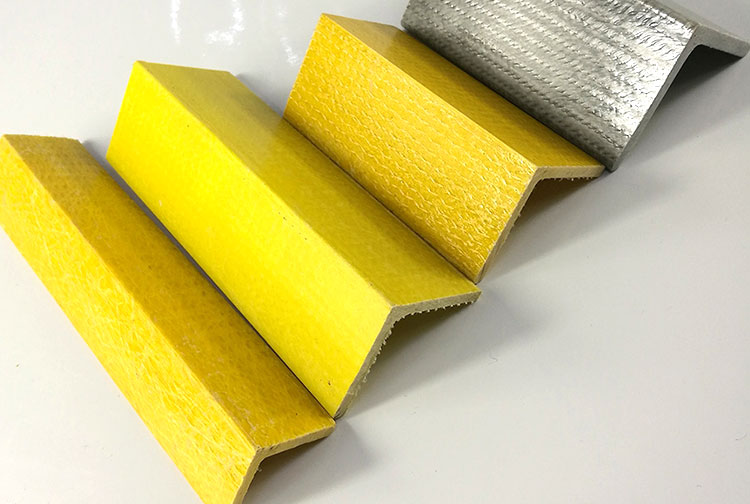In the realm of construction and infrastructure, the choice of materials significantly impacts a project's durability, performance, and overall cost. Fiberglass Reinforced Plastic (FRP) equal angles have emerged as a versatile and innovative solution, offering a compelling alternative to traditional metal counterparts. By combining the strength of fiberglass with the flexibility of resin, FRP equal angles provide a unique blend of properties that make them ideal for a wide range of applications.
Understanding FRP Equal Angles
FRP equal angles are structural components made from fiberglass reinforced plastic, consisting of two perpendicular flanges joined at a 90-degree angle. The fiberglass fibers provide tensile strength, while the resin matrix binds the fibers together and improves the material's resistance to corrosion, chemicals, and impact.
Benefits of FRP Equal Angles
· Corrosion Resistance: FRP equal angles are highly resistant to corrosion from chemicals, moisture, and harsh environments, making them ideal for applications in marine, chemical processing, and wastewater treatment industries.
· Lightweight: FRP equal angles are significantly lighter than traditional metal angles, reducing transportation costs and simplifying installation.
· High Strength-to-Weight Ratio: Despite their lightweight nature, FRP equal angles offer exceptional strength and stiffness, making them suitable for demanding structural applications.
· Electrical Insulation: FRP equal angles are excellent electrical insulators, making them safe for use in electrically hazardous environments.
· Dimensional Stability: FRP equal angles exhibit excellent dimensional stability, resisting warping, twisting, and shrinking, even under extreme temperature fluctuations.
· Custom Fabrication: FRP equal angles can be easily fabricated into various shapes and sizes to meet specific project requirements.
· Easy Installation: FRP equal angles are relatively easy to install, reducing labor costs and project timelines.
· Low Maintenance: FRP equal angles require minimal maintenance, as they are resistant to corrosion, rot, and insect damage.
Applications of FRP Equal Angles
FRP equal angles find extensive use in various industries, including:
· Marine Industry: For building docks, piers, boat ramps, and marine structures due to their corrosion resistance and lightweight properties.
· Chemical Processing: In chemical plants and refineries for constructing platforms, walkways, and support structures that come into contact with corrosive chemicals.
· Wastewater Treatment: For building tanks, channels, and support structures in wastewater treatment plants.
· Infrastructure: For constructing bridges, overpasses, and other infrastructure projects where corrosion resistance and lightweight are essential.
· Industrial Facilities: For building platforms, walkways, and support structures in industrial facilities.
FRP Equal Angles vs. Metal Angles
| Feature | FRP Equal Angles | Metal Angles |
| Corrosion resistance | Excellent | Susceptible to corrosion |
| Weight | Lightweight | Heavy |
| Strength-to-weight ratio | High | High |
| Electrical insulation | Excellent | Conductive |
| Dimensional stability | Excellent | Can warp or twist |
| Cost | Higher initial cost, but lower long-term costs | Lower initial cost, but higher long-term maintenance costs |
| Fabrication | Easy to fabricate | Can be difficult to fabricate |
Conclusion
FRP equal angles offer a compelling solution for a wide range of infrastructure projects. Their superior corrosion resistance, lightweight properties, and excellent strength-to-weight ratio make them an ideal choice for demanding environments. While the initial cost may be higher compared to traditional metal angles, the long-term benefits, including reduced maintenance costs and increased durability, make FRP equal angles a wise investment for any project that prioritizes performance and sustainability.
By understanding the unique advantages of FRP equal angles, engineers and contractors can make informed decisions and select the optimal materials for their projects. With their exceptional properties and versatility, FRP equal angles are poised to play an increasingly important role in shaping the future of infrastructure.
 +86 15303735673
+86 15303735673 Jessica@frpzs.com
Jessica@frpzs.com
 Technical Data
Technical Data












